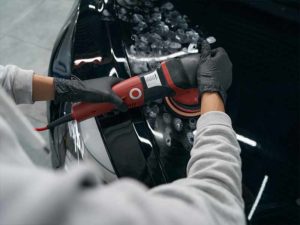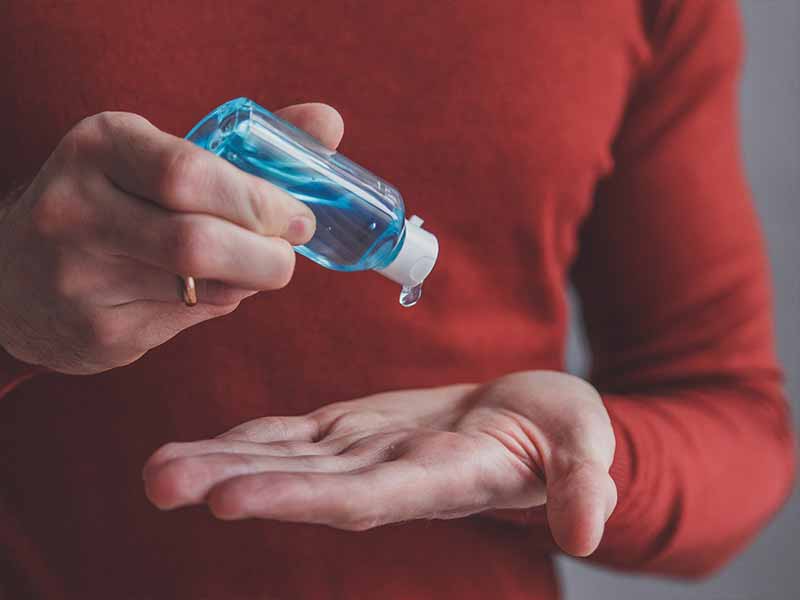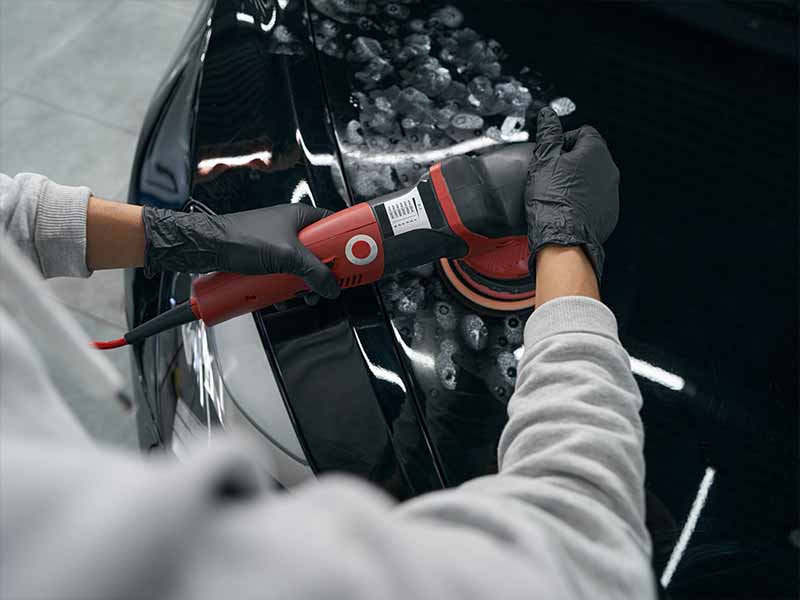Table of Contents
Cleaner wax is what is referred to as an all-in-one product. It allows you to polish and wax your vehicle in one step. Polish is a dedicated product that is tailored to do one thing and one thing only, polish paint.
When you try to make a product do more than one task, it usually has to compromise a bit to make that happen. That’s true with cleaner waxes, but that doesn’t mean you should avoid them. They can really be a huge timesaver.
Keep reading to learn whether they’re right for you or if a polish is a better choice.
Cleaner Wax Vs Polish
Cleaner waxes and polish are different but perform some of the same tasks.
Polish is a mild abrasive that is used to remove defects in car paint such as very light scratches, light oxidation, fine swirl marks, and surface bonded contaminants.
Cleaner wax is also a very mild abrasive that is used to remove imperfections in your car’s paint job, but it also leaves behind a protective car wax that is mixed in with the abrasives. The point of a cleaner wax is to turn two tedious jobs into a single job.
When To Use Cleaner Wax
Cleaner wax is meant to combine the process of polishing and waxing into a single task. One step products such as cleaner wax are handy detailing products that can remove surface contaminants and paint defects while providing protection to the clear coat when finished.
If you need mild paint correction but want to turn a big job that will need to be performed twice into a single job, this is the product for you.

Pros and Cons of Cleaner Waxes
Cleaner wax is ideal when you need to do light polishing or surface decontamination but don’t want to deal with the hassle of having to essentially repeat the entire process by applying wax.
Pros of Cleaner Wax
- Turns 2 jobs into 1
- Removes light scratches and swirl marks
- Removes environmental surface contaminants
- Removes old wax and sealant
Cons of Cleaner Wax
- The chemicals and abrasives reduce protection ability
- The harsh chemicals that help decontaminate paint can damage plastic and trim
How To Use Cleaner Wax On Car Paint
After thoroughly washing your car or truck you will want to begin working with the cleaner wax on a 2 foot by 2 foot section of your vehicle’s paint.
Cleaner wax usage is very similar to applying traditional carnauba wax or paint sealant, in that you wipe it on and wipe it off.
The difference here is that you’ll work it in by rubbing with a little elbow grease for a bit before allowing it to cure. You’ll want to focus your attention on any paint defects like swirl marks or scratches that you’d like to diminish or remove.
Don’t expect this product to remove deeper scratches. It’ll probably struggle a bit to remove light scratches to be honest. This is a very mild abrasive polish and the abrasives diminish as you work so it is only capable of doing very light paint correction.
Once the cleaner wax has cured, you can go back over with a microfiber towel and remove the dried wax just as you would with a traditional wax or paint sealant.
Repeat until the entire surface of your paint has been covered.

When Should You Polish Your Car?
Polish is a single purpose designed product. It’s a very mild abrasive that is designed to remove swirls, light scratches, light oxidation, and stubborn surface contaminants.
The polishing ability of a single-purpose product is going to be better and will not typically diminish as you use it, like cleaner waxes are meant to do. Polishes also come in various levels of abrasives so you can step up or step down how abrasive the polish you’re using is as you work depending on the results you’re getting.
Polishes don’t contain any finishing wax which means that once you’ve finished polishing and are satisfied with the smooth surface you’ll need to go back and apply some sort of paint protection such as wax, paint sealant, or ceramic coating to protect your hard work.
Pros and Cons of Polishes
Polishes are designed to do one thing and one thing well – create a smooth surface on your car’s paint.
Pros of Polish
- Polishes come in various levels of abrasives so you can fine tune the level of abrasives to the amount you need to remove the paint defects
- Just like cleaner waxes, it removes:
- Light scratches and swirls
- Surface contaminants
- Old wax
Cons of Polish
- Not an all-in-one step product so you’ll have to go back and apply finishing wax or paint sealant when you’re done

How To Polish A Car
Many of the steps for using polishes are the same for using cleaner waxes:
After thoroughly washing your car or truck you will want to begin working with the polish on a 2 foot by 2 foot section of your vehicle’s paint.
With some elbow grease, begin using circular motions across the section you’re working on and move across the section back and forth until you’ve polished the entire section. You’ll want to focus your attention on any paint defects like swirl marks or scratches that you’d like to diminish or remove.
I highly recommend using a quality dual action polisher for this job. It will make the task much easier and the results will be much better. Many detailers that are beginners are intimidated by a machine polisher, but they’re very safe to use and beginner friendly.
Don’t expect this product to remove deeper scratches. It’ll probably struggle a bit to remove light scratches to be honest. This is a very mild abrasive polish and the abrasives diminish as you work so it is only capable of doing very light paint correction.
Once the cleaner wax has cured, you can go back over with a microfiber towel and remove the dried wax just as you would with a traditional wax or paint sealant.
Repeat until the entire surface of your paint has been covered.
How often should you polish your car?
Just like with cleaner wax or any abrasive product, you want to only use it when absolutely necessary to remove swirls, scratches and other paint defects.
You only have just so much clear coat so the amount you can use it will be determined by how much clear coat you have to work with.

Helpful Links
Conclusion
Cleaner wax does everything that a polish does, it just doesn’t do it as well. For that tradeoff, it adds wax to the mix and leaves it behind as paint protection. Cleaner wax allows you to kill 2 birds with 1 stone: polish and wax simultaneously.
Ultimately, a cleaner wax is not going to be the best polish or the best wax, but it will do an acceptable job at both tasks.









